The choice of material and technology for finishing the facade of the house should be at the design stage. The modern market offers a lot of different materials, so it will not be difficult to equip the facade in accordance with a certain budget or design idea. When choosing a material for finishing the facade of a private house, two of the most important factors should be taken into account. Firstly, the house should be in harmony with the surrounding area, look aesthetically pleasing and in accordance with the tastes of the owner. Secondly, the facade material should become a protection for the house, playing the role of additional insulation and sound insulator, as well as protecting the supporting structures from moisture, sunlight and other negative influences. Not every finishing material will cope with the tasks, so we will focus on the best options.
Types of facade structures
Among other things, when choosing a facade material, it is necessary to take into account what the building is built of, the principle of organizing the facade decoration may depend on this. For example, for wooden houses, it is advised to equip a ventilated facade.
It is customary to divide the facades into the following types:
Depending on whether there is a gap between the outer wall of the house and the finishing material, the facades are divided into:
- ventilated;
- unventilated.
Ventilated facade
Ventilated facades assume the presence of a ventilation gap between the facade material and the wall, or, if used. The gap is necessary for free circulation of air and the removal of excess moisture that condenses or leaves the house through the walls. At the same time, the material of the ceiling wall remains completely protected from all atmospheric influences. It is better to equip such a facade when the walls are breathing. involves the installation of finishing material directly to the wall. Sometimes facades are classified simply as ventilated and "wet", although this is not entirely correct.
Now we can move on to materials that are widely used in the decoration of the facade of a private house.
# 1. Facade plaster
No. 3. Facing brick
Among the most popular materials for facade decoration has always been and is. Of course, for these purposes, not an ordinary building one is used, but a special decorative one, which is called.
Ceramic brick
Ceramic bricks made from clay by firing it are well known to each of us. Its facing variety is striking in a wide variety of colors and textures, but this is not the only advantage of the material.
Advantages:
- durability;
- environmental friendliness;
- good sound and heat insulation characteristics;
- resistance to temperature extremes, sunlight, fire;
- relative cheapness.
Flaws:

Hyper pressed brick
Such material is obtained by using shell rock and some special additives by the method of semi-dry pressing. Outwardly, it resembles a ceramic brick, but in many respects it is ahead of it.
Advantages:
- durability and strength;
- good geometry;
- frost resistance;
- a large assortment;
- ease of processing.
The water absorption of such a brick is at an average level - about 5-6%, and the obvious disadvantages of the material include high thermal conductivity, the ability to change color over time and a large weight, which affects transportation. 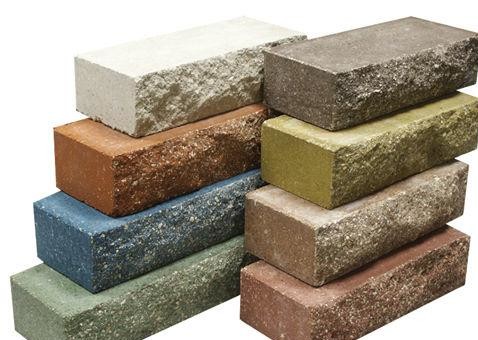
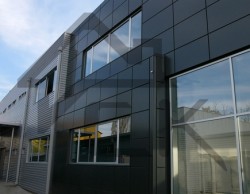
Silicate brick
Facing silicate brick is made from a cement-sand mixture by autoclaving, special additives can be used. Due to the simplicity of production and the low cost of raw materials, silicate brick is considered one of the most affordable materials among other types of bricks.
Advantages:
- high strength;
- precise geometry;
- environmental friendliness;
- good soundproofing qualities;
- low price.
Flaws:
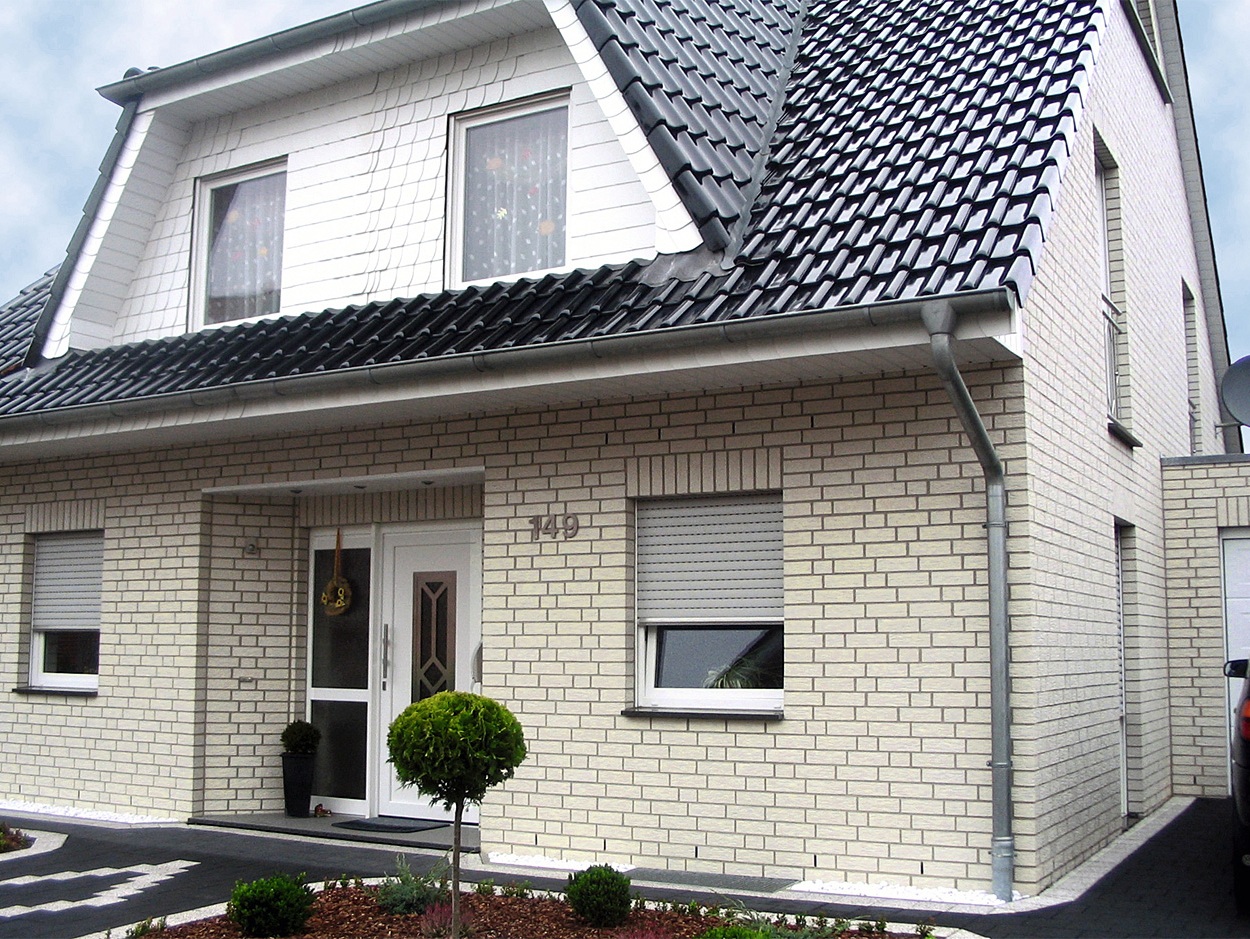
No. 4. Facade porcelain stoneware
Advantages:
- durability;
- the widest assortment. You can find tiles of any size, color and texture, as well as imitating stone, brick and other materials;
- resistance to negative environmental factors;
- fire resistance;
- relatively light weight.
The tiles can be installed both by the "wet" method and by equipping the ventilated facade. 
No. 6. Concrete facade tiles
The material is made on the basis of cement, quartz sand, filler and additives.
Advantages:
- durability and moisture resistance;
- strength and rigidity;
- big choice;
- relatively low price.
Flaws:
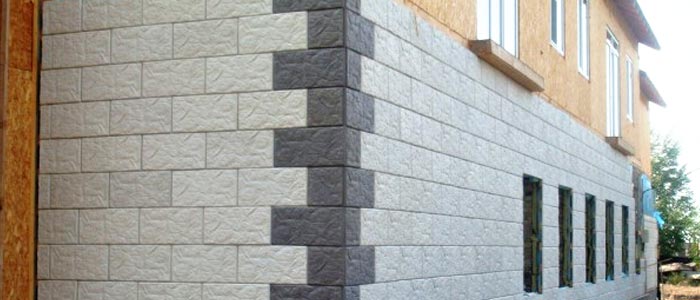
No. 7. Decorative siding
Siding is one of the most inexpensive, easy to use and modern materials for the facade of the house. It has excellent decorative qualities, is sold in a wide range, boasts a decent durability (up to 50 years), excellent sound and heat insulation qualities. You can revet any surface with siding and even refine a long-built house.
The main types of decorative siding:
- vinyl;
- wood;
- metal;
- cement.
Vinyl siding
Made of polyvinyl chloride, it can imitate stone, brick, wood and other natural materials. - one of the most popular materials for facing facades, it is used in domestic private construction most often.
Advantages:
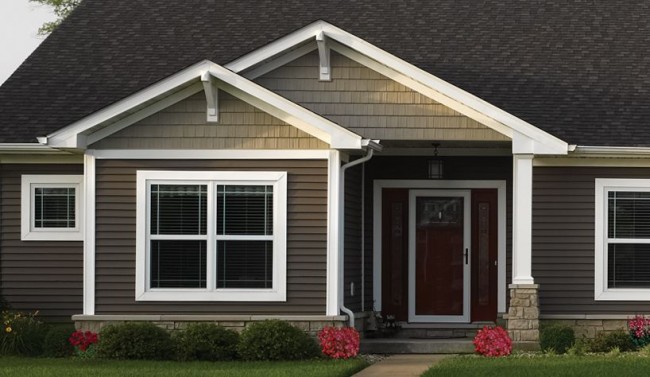
Often, resistance to mechanical damage is also attributed to the advantages, but a strong blow can destroy the integrity of the material. Among disadvantages a large coefficient of linear expansion, which must be taken into account during installation, low thermal insulation qualities and the difficulty of replacing a damaged element in the event of repair.
Separately, it is worth highlighting basement siding... It is completely identical to vinyl, but differs in increased thickness: 3.5 mm versus 0.7-1.2 for conventional PVC siding. Due to this, resistance to mechanical damage is increased, which makes the material one of the best in terms of price and quality ratio for. 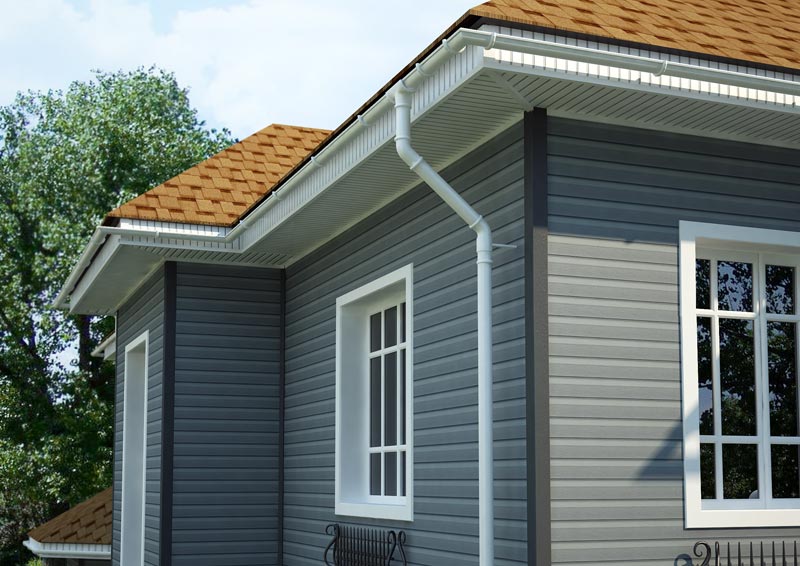
Wood siding
Metal siding
It is made of aluminum or steel, which are covered with a layer of primer and polymer coating. in private construction it is rarely used due to the high price. For cladding a house, they are better suited steel sheets with zinc protective layer and polymer or powder coating.
Advantages:
- strength;
- durability (up to 50 years);
- resistance to temperature extremes;
- incombustibility;
- resistance to any weather whims;
- high aesthetics;
- relative ease of installation.
In addition, metal siding is resistant to corrosion due to protective coatings, but if such a coating is damaged, it is worth waiting for the appearance of rust. Naturally, there is no need to talk about heat and sound insulation qualities. 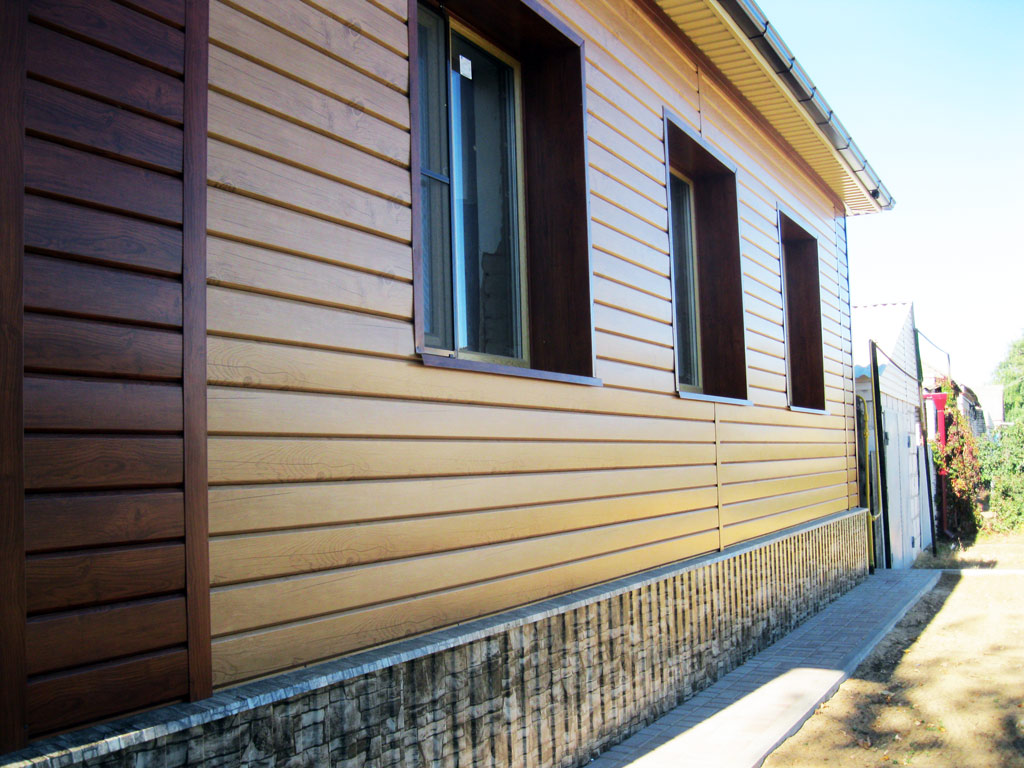
Cement siding
The material is obtained by mixing and pressing cellulose and cement fibers. Cement siding, in terms of its decorative and operational qualities, can replace stone.
Advantages:
- high strength;
- resistance to precipitation, sunlight, high and low temperatures;
- fire resistance.
Among cons large weight, complexity of installation, high cost and not enough wide choice of colors and textures. 
No. 8. Sandwich panels
They are a multilayer material consisting of two layers of rigid material (usually metal) and a layer of insulation between them. All this "sandwich" is connected by hot pressing, the surface of the panels can be smooth, embossed or decorative.
Advantages:
The only drawback is the high price.
No. 9. Facade cassettes
Metal facade cassettes are widely used today for cladding the facades of administrative buildings, but recently they are also used in private construction. The material is easily recognizable by its characteristic appearance: these are square or rectangular elements made of metal (steel, aluminum, less often copper) with a polymer coating.
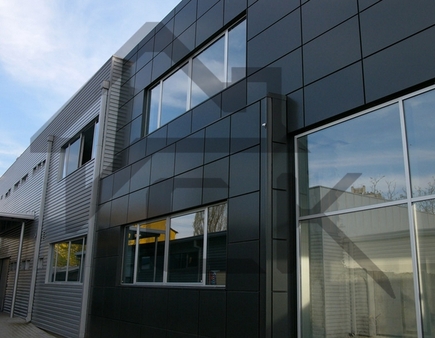 Advantages:
Advantages:
- high reliability and durability;
- aesthetics;
- a large selection of standard sizes and colors;
- resistance to negative environmental factors and fire.
Metal cassettes can be used for cladding old and only erected buildings, they are mounted on a frame. The only negative is the high price.
No. 10. New and uncirculated materials
In addition to those materials that have already become traditional in the field of facade cladding, there are more innovative and in some ways even more progressive. The most interesting of them:
- concrete siding... It is made from cement, sand and dyes. The material has an excellent appearance and a pleasant rough surface, it is durable, but heavy enough, therefore, it will require reinforcement;

- clinker thermal panels consist of ordinary clinker tiles and a fused layer of expanded polystyrene, and this is an excellent insulation. With external attractiveness, such a finish becomes an additional heat insulator. The disadvantage is the high price;
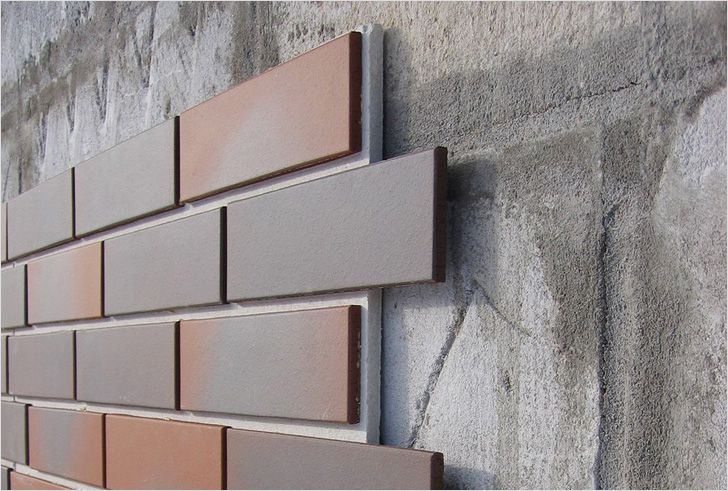
- glass panels- a popular option for shopping centers and office buildings. Suitable for arranging a private house only if you like bold decisions.
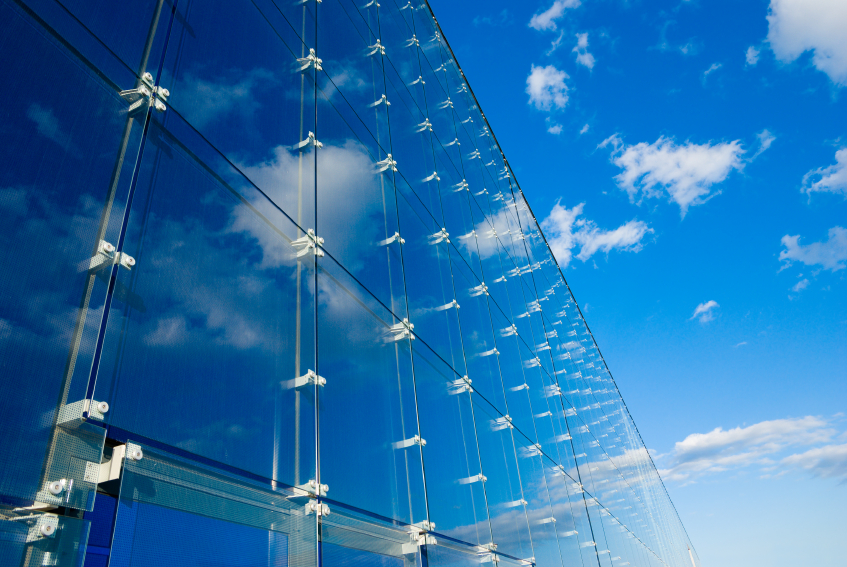
The choice of finishing material for the facade should be preceded by a multivariate analysis, including the climatic characteristics of the region, the type of house, the style of the site, personal preferences, wall material, own requirements and preferences. Fortunately, there is plenty to choose from.




